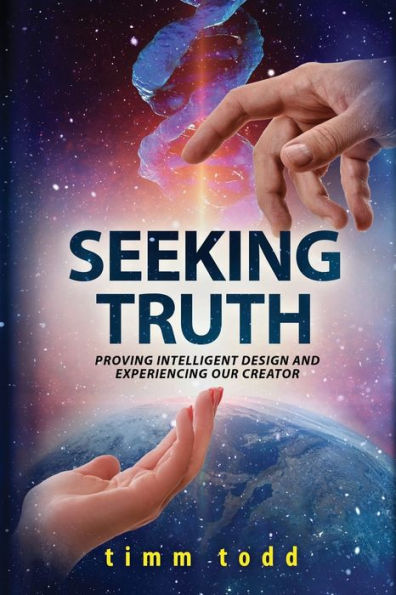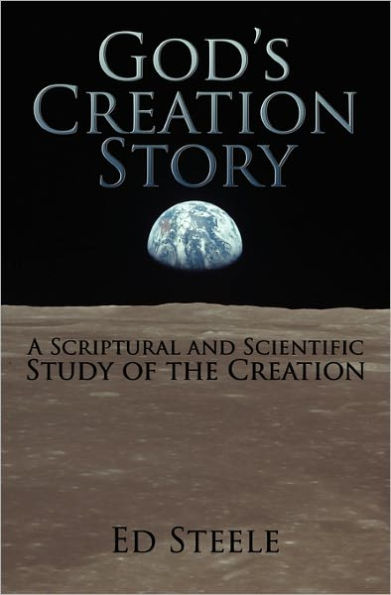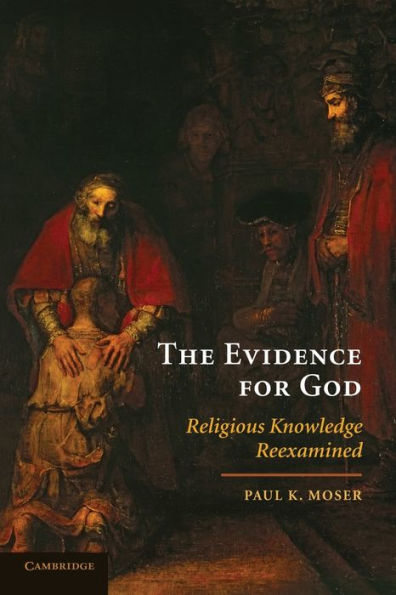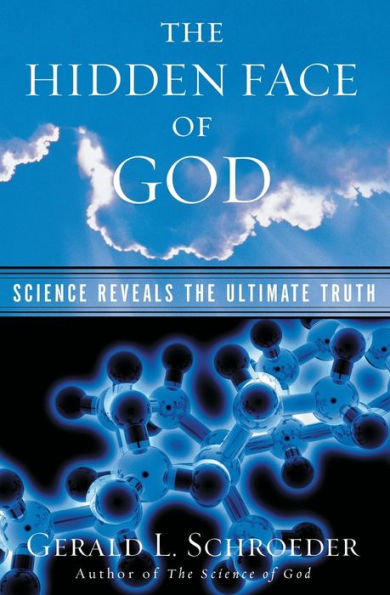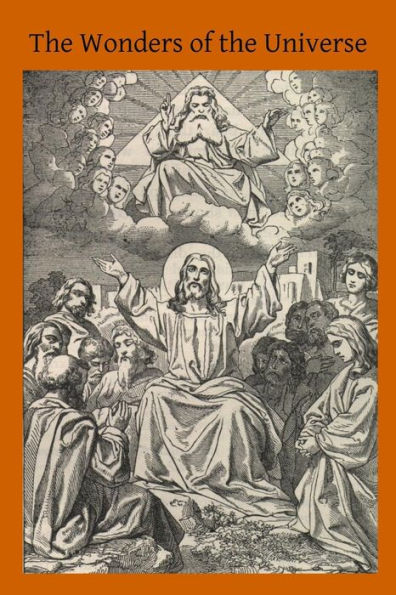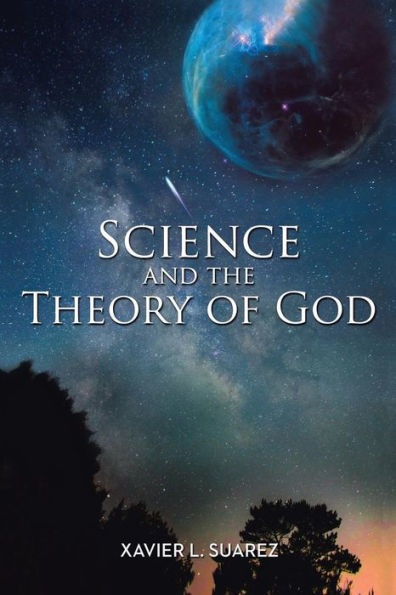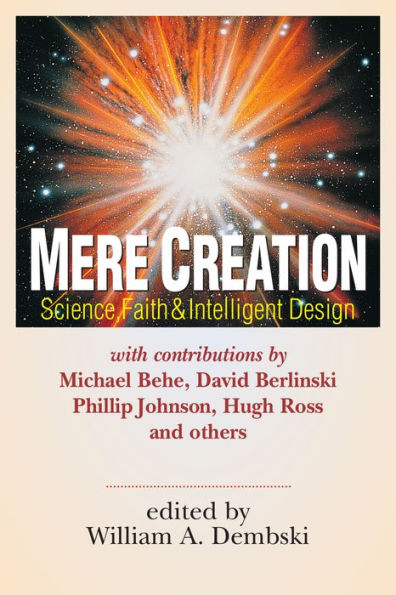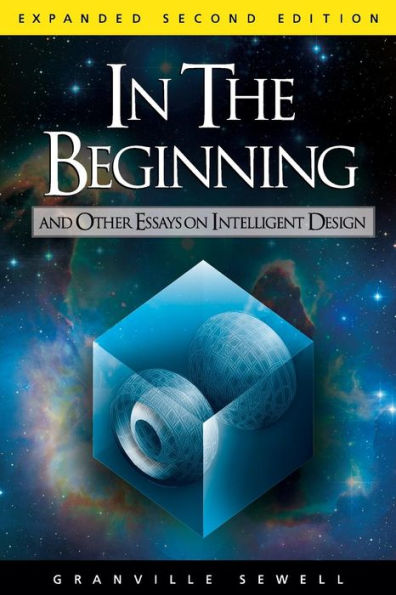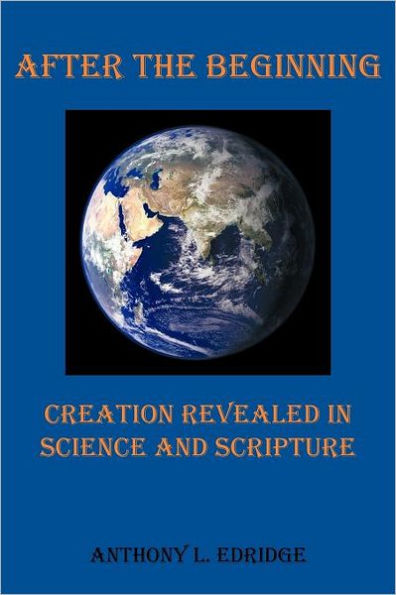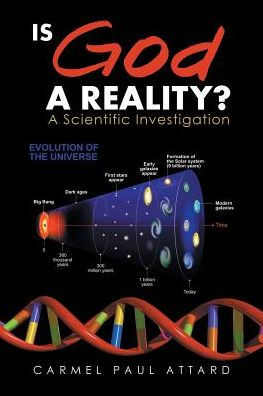Home
The First Scientific Proof of God: : Reveals God's Intelligent Design and a Modern Creation Theory


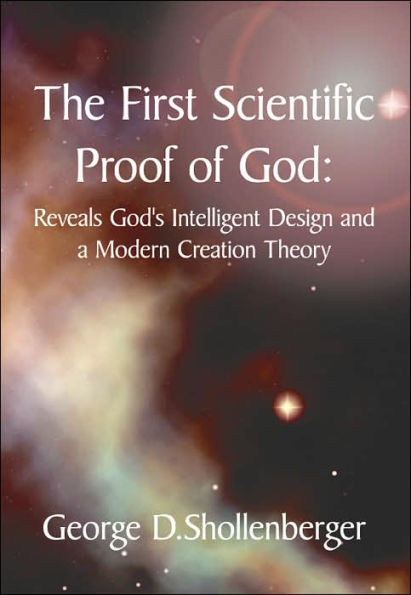
The First Scientific Proof of God: : Reveals God's Intelligent Design and a Modern Creation Theory
Current price: $27.95
Loading Inventory...
Size: Hardcover
The book has six parts. Part I presents the first scientific proof of God. This proof is followed by a history of the development of knowledge through the 20th century. Major changes are suggested to some sciences. In Chapter 5, two basic sciences are identified. They are the physical sciences and life sciences. These sciences are aligned to the Laws of Nature and Laws of Nature's God. These two laws are found in the US Declaration of Independence. These two sciences and two laws are shown to apply to all nations. Further, this part also helps the reader to understand the other parts. For instance, it shows how to use opposites to find truths and how to use scriptures scientifically. Parts IIa, IIb, and IIc, deal with God, the science of God, and negative theology. Part IIa presents the contraction metaphysics of the creation of Nicholas of Cusa. This metaphysics shows how God creates the universe out of nothing. This highly technical discussion should excite all scientists. The theology of panentheism is confirmed in this part. Nicholas' art of conjecturing is discussed. Part IIb shifts the discussion to the Christian Trinity and its scientific nature. This part also presents the author's study of the teachings of Jesus Christ. His study reveals many new secrets about the teachings of Christ. Part IIc shifts to the communications between God and man. The author concludes that God and man cannot communicate as humans communicate with each other. However, three information systems were found. They allow information exchanges between God and man. Part III shifts the book to the subject of world theories. This part identifies and discusses the only two world theories that we are able to consider. One theory is mechanical. It has no God and is supported by today's nonbelievers. The other theory is geometrical. It has a God and is supported by today's believers. The mechanical world is shown to be unreal and
